For centuries, bats have been feared and persecuted. But attitudes change, and today conservationists recognize bats as incredibly cool creatures. For most of us, our bat encounters are likely to be fleeting as the little mammal flies by at dusk.
A closer look at bats reveals astonishing diversity in coloration, facial features, size, habitat and feeding habits. There are more than 1,200 species of bats, so picking the coolest is inarguably a subjective task. But I hope you enjoy these ten bats that represent some of the wonders of these flying mammals.
And a reminder: bats need your help. Please do not disturb their caves, and if you have space, consider putting up a bat box. Bat Conservation International offers fantastic resources for bat conservation and information to help you delve deeper into these creatures’ lives.
-
Giant Golden-crowned Flying Fox: The Largest
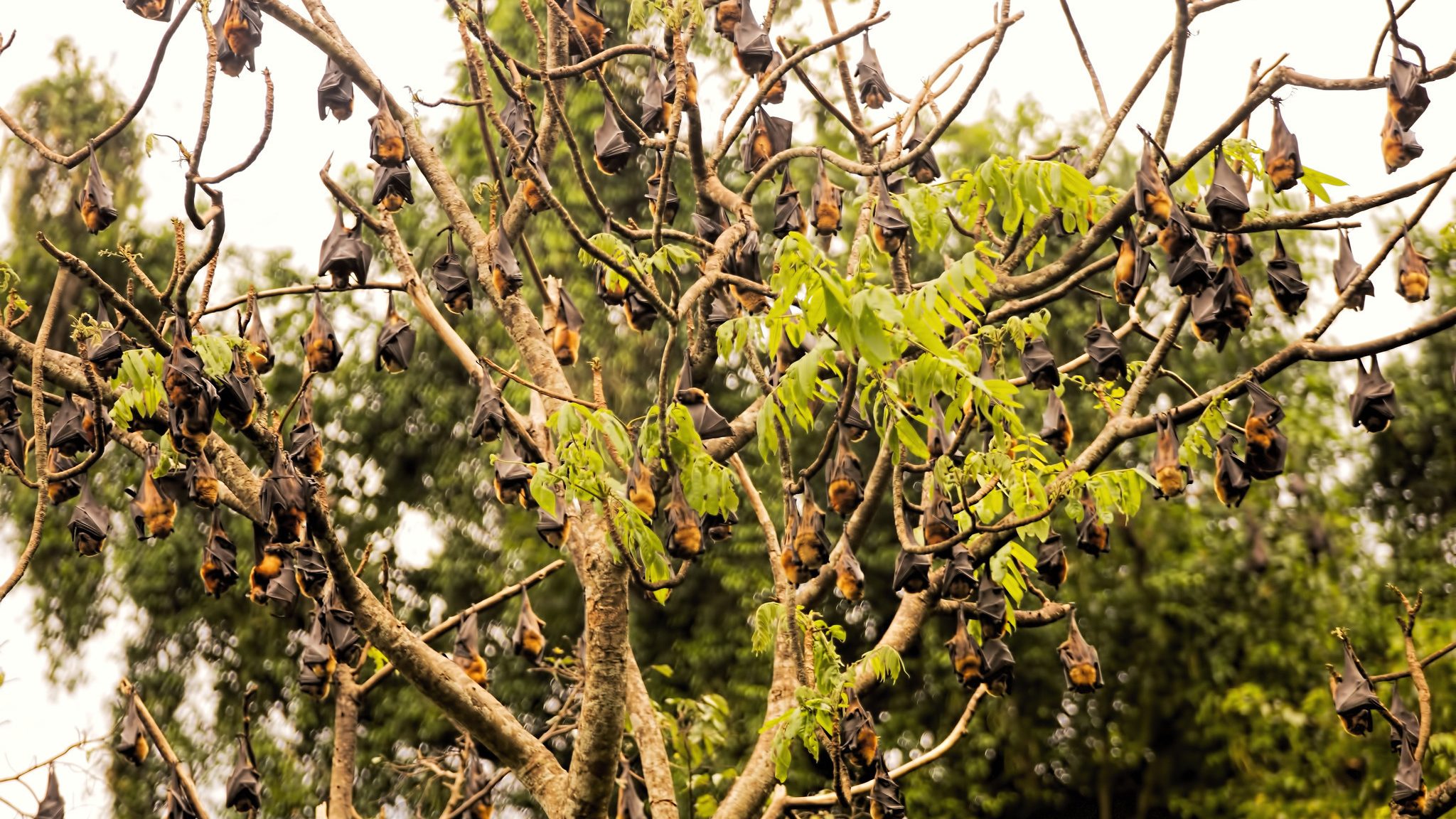
Giant golden-crowned flying fox (Acerodon jubatus) in the Philippines. Photo © Brian Evans / Flickr The giant golden-crowned flying fox represents the other extreme in bat size: this species can reach 3 pounds with an impressive 5.5-foot wingspan. Such a huge bat might, for some, be the stuff of horror movies. But a quick look reveals they resemble a child’s plush toy more than a vampire.
This species lives in the Philippines and largely feeds on fruit, using its large eyes to navigate at night (in contrast to the echolocation used by many insectivorous bats). Like many flying foxes, the giant golden-crowned gathers in impressive roosts in trees. These are impressive spectacles for a naturalist, but they also make flying foxes vulnerable.
Unfortunately, many of their roosts have been logged. The flying foxes are also overhunted for their meat. Bat Conservation International considers it one of its highest conservation priorities, and is working with local organizations to protect roosts.
-
Mexican Free-tailed Bat: World’s Fastest Mammal
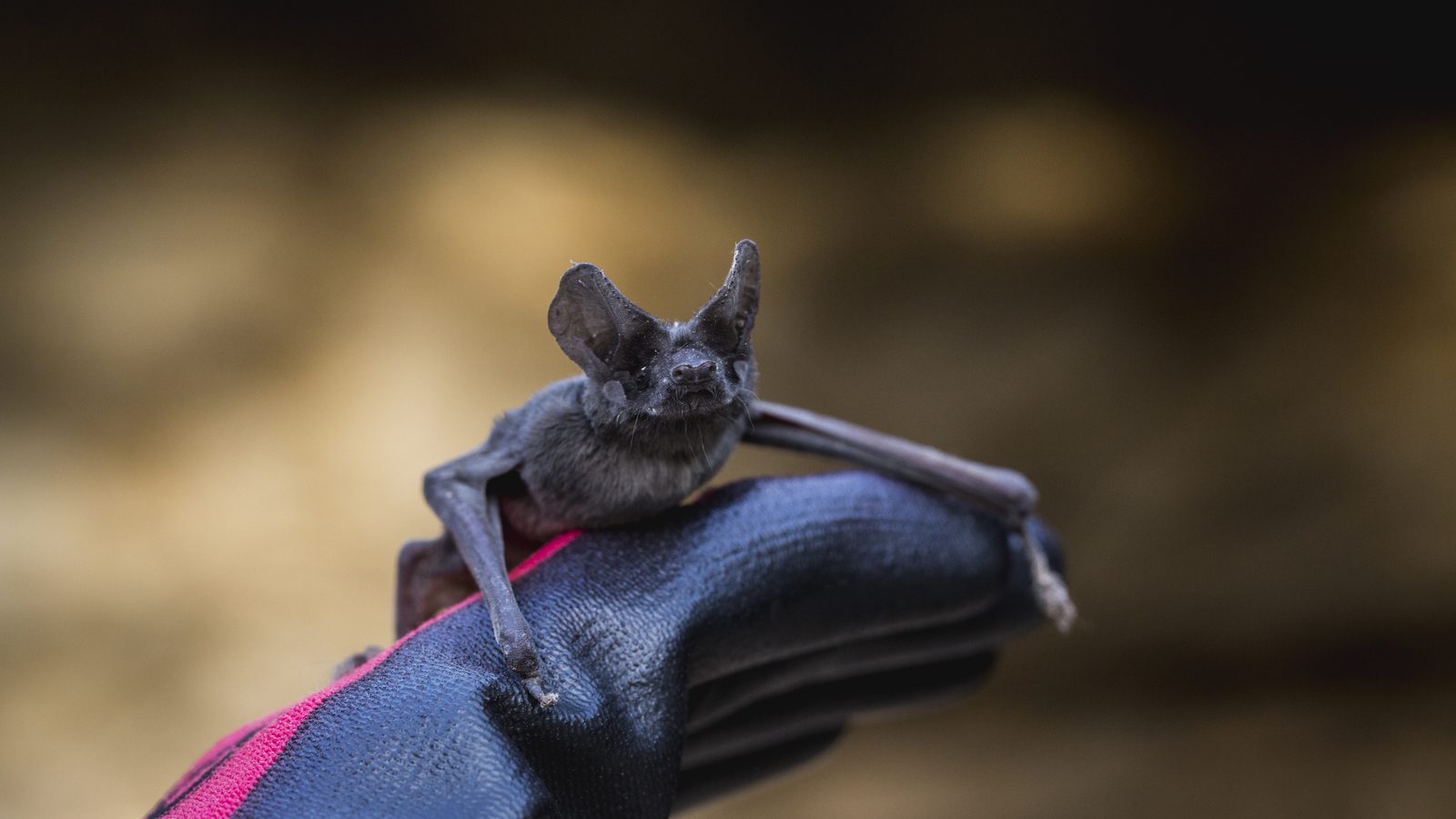
A Mexican free-tailed bat being held at Bracken Bat Cave, San Antonio, Texas. Photo © Karine Aigner The fastest mammal on earth doesn’t run. It flies. A paper published by University of Tennessee researchers found that the Mexican free-tailed bat could reach speeds up to 100 mph, making it by far the fastest mammal on earth.
Most astonishing, the bats achieve this speed through wing power, not by utilizing wind or by diving. This distinguishes them from other known speedsters like the peregrine falcon, a bird clocked at 180miles per hour but only in a dive. The Mexican free-tailed bat may be may be the fastest flier in the animal kingdom over sustained distances.
The Mexican free-tailed bat holds another record: the largest concentrations of any mammal. Texas’ Bracken Cave is home to 15 to 20 million free-tailed bats, and several other caves also contain also numbering in the millions.
-
Honduran White Bat: The Tent Maker
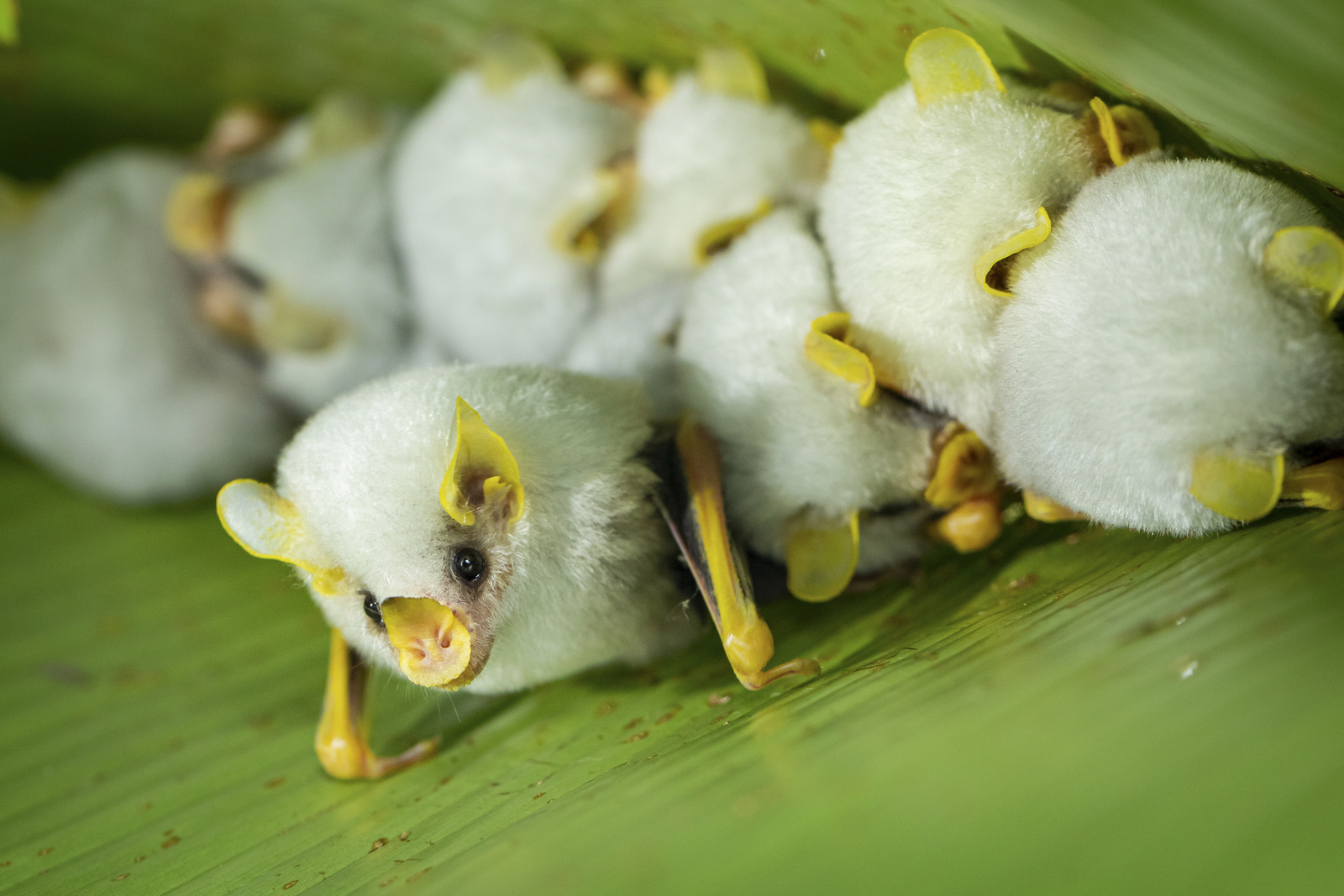
A Honduran white bat. Photo © Jeffrey Munoz/TNC Photo Contest 2019 Clustered together on a leaf, Honduran white bats look like little cotton balls. But the striking white coloration actually serves an evolutionary purpose.
Honduran white bats are one of 22 species of tent-making bats that live in the Central American forest. They use their teeth to cut neat lines along large leaf veins, which folds the leaf down into little tents. The bats cluster in these tents, which provide protection from weather and predators.
When light shines through the leaf tent, the white bats appear green – offering them a bit of additional camouflage.
Due to Costa Rica’s well-developed wildlife viewing programs, you can observe wild white bats up close at places like Tirimbina Reserve and Pierella Ecological Garden.
-
Ghost Bat: Australia’s False Vampire
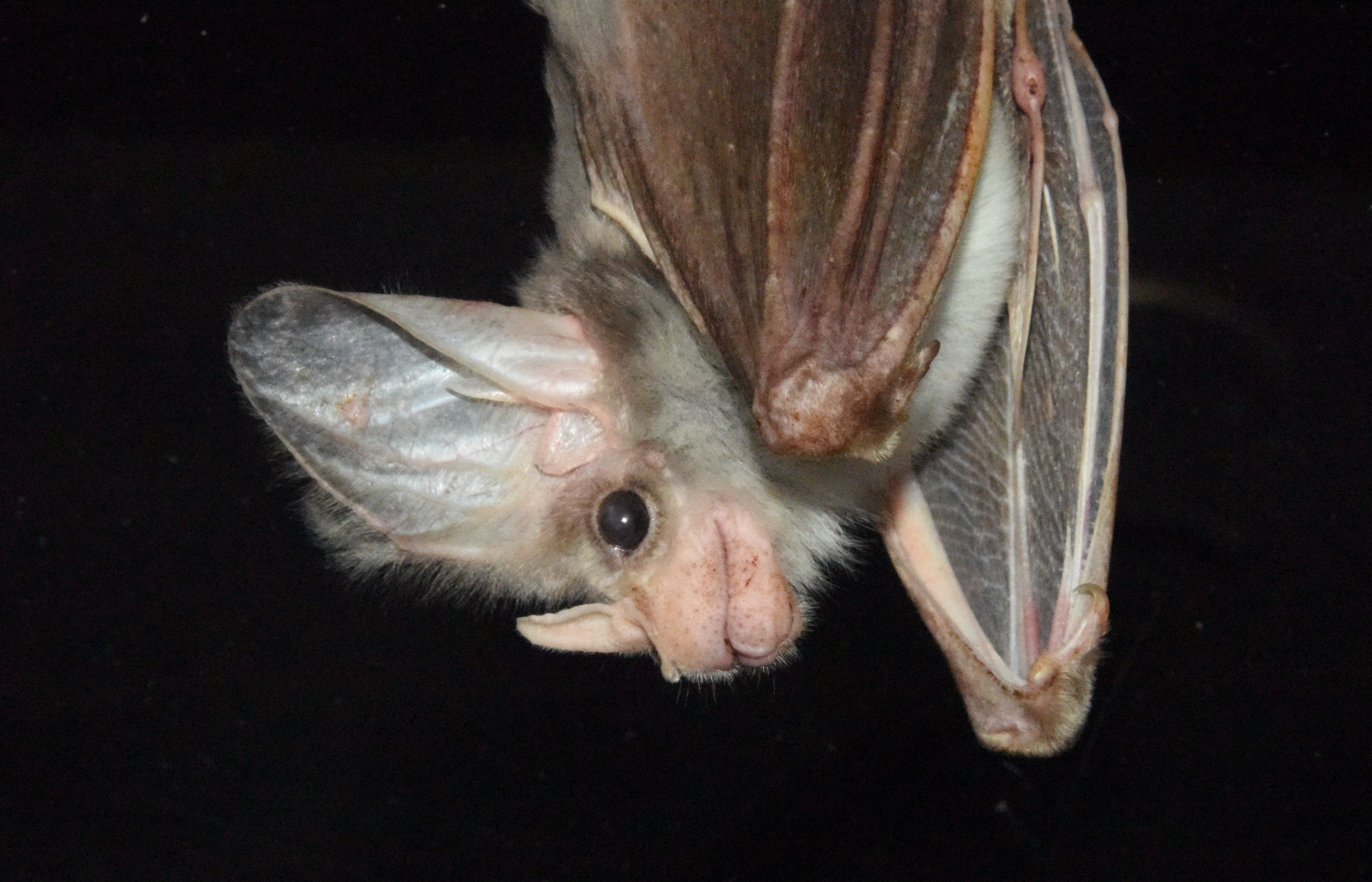
A ghost bat at Sydney’s Featherdale Wildlife Park. Photo © Sardaka /Wikimedia Commons Many bats are insectivorous, but only one percent feed on vertebrate prey. One of the most intriguing is the ghost bat, an Australian species that uses a variety of hunting techniques.
Like insectivorous bats, it uses echolocation, but not all the time. The ghost bat often perches on a tree. It has large eyes and scans the grass below for mice or other prey. When prey is located, the ghost bat lands on the animal, wrapping it in its wings. The bat then delivers lethal bites to the head and neck. Read more about ghost bats.
-
Kitti’s Hog-nosed Bat: The Smallest
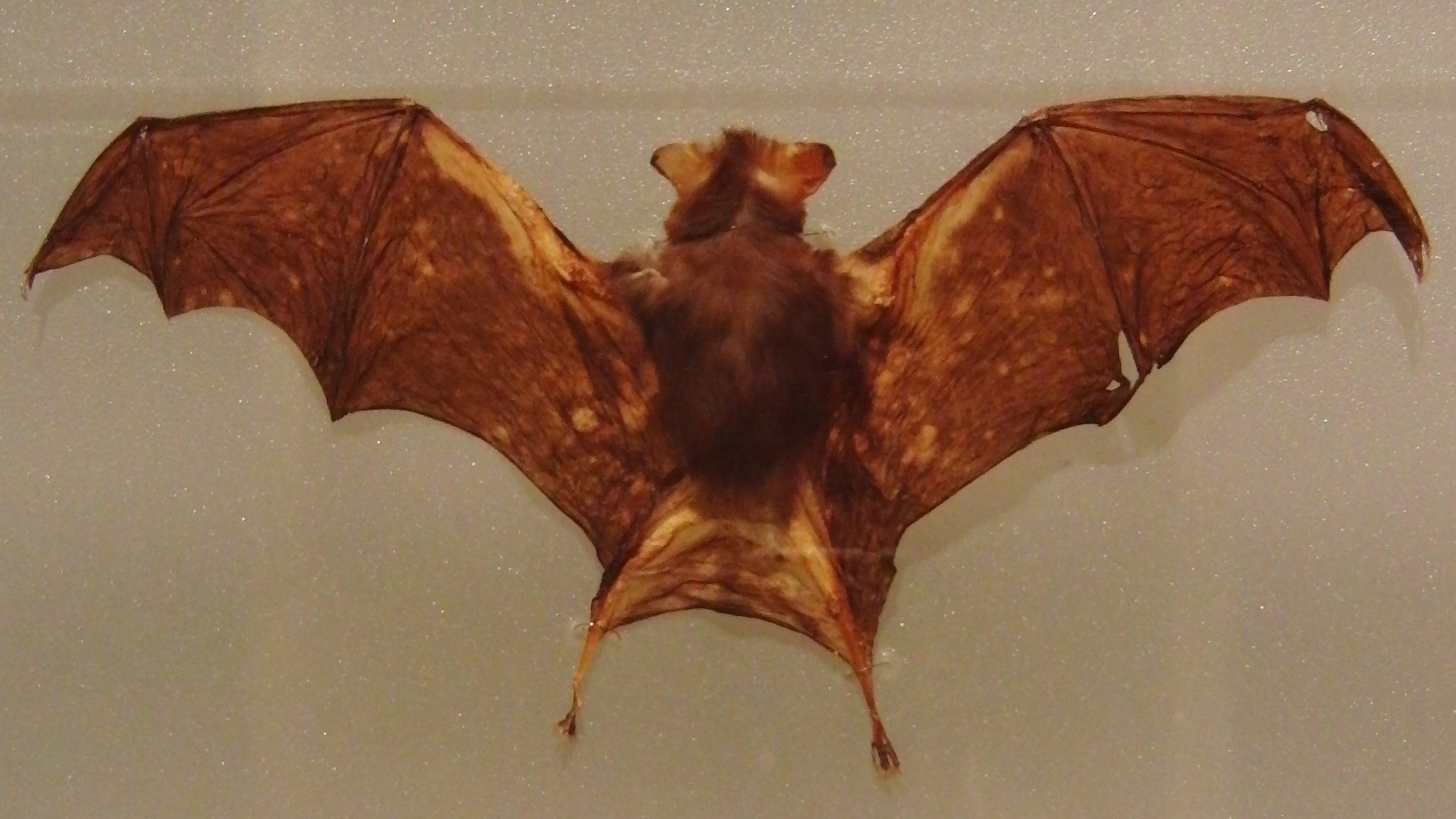
Stuffed specimen of Kitti’s hog-nosed bat (Craseonycteris thonglongyai). Photo © Momotarou2012 / Flickr The diminutive Kitti’s hog-nosed bat is often labeled the world’s smallest mammal. Some shrews weigh less, but this bat is nonetheless one tiny critter. It weighs about as much as a dime and could fit comfortably on your thumb. It is frequently called the bumblebee bat, as it does indeed resemble a bee as it zips through the air.
Up close, it is a really cute bat (many are), but most are spotted on the roofs of caves in Thailand and Burma, where they just look like black spots. Unfortunately, as is the case with many bats, they face a precarious future. Loss of habitat due to logging and agricultural conversion impact the little bat’s ability to forage. And tourism and other cave uses can disturb the bats inside their caves. Luckily, some conservationists recognize that responsible tourism could help protect these interesting creatures.
-
Greater Bulldog Bat: Gone Fishing
The greater bulldog bat is a master angler, catching up to 40 fish a night. And it uses a highly unusual fishing strategy. The bat flies over the water, using echolocation to detect the jumps or ripples of small fish.
The bat doesn’t focus on a specific jumping fish, as such a fish may no longer be near the surface. Instead, it uses this as a starting point for its hunt. The bat dips its large claws into the water and “rakes” the water’s surface, snagging fish in the vicinity. If no fish are jumping, research has demonstrated the bat will rake areas where the fishing has previously been successful.
Once a fish is caught, the bat will eat on the spot or store it large cheek pouches for a later meal. Raking the water is not without risks, but if the bat falls in, it’s also a good swimmer. It will paddle to a nearby tree, climb it and then resume fishing.
-
Wrinkle-Faced Bat: A Fantastic Face
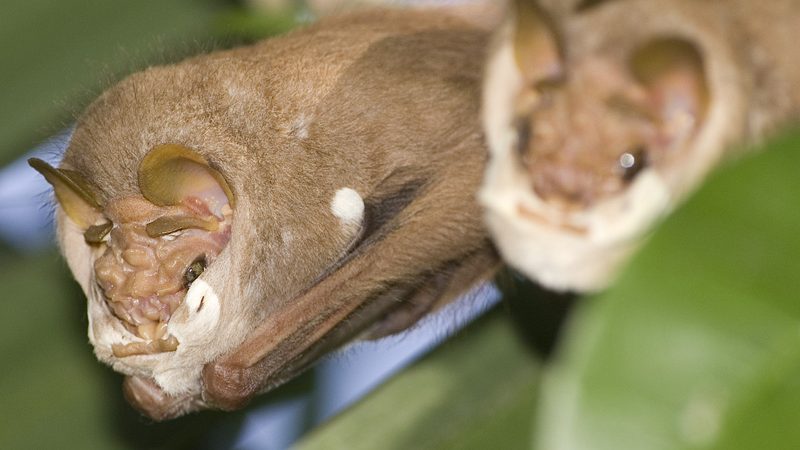
Wrinkled-faced bat, Centurio senex. Photo © Jplevraud / Wikimedia Commons Up close, many bats have intriguing faces, but arguably none more so than the aptly named wrinkle-faced bat. This bat looks like it just strolled out of a Star Wars cantina. Despite it’s somewhat frightful appearance, this bat only eats fruit.
The exact purpose of this elaborate face remains a topic of research. One study found that the wrinkles help focus the bat’s sonar. Others suggest that the wrinkles channel juices as the bat munches on over-ripe fruit, or that more elaborate wrinkles make male bats attractive to females.
This bat has one of the most powerful bites, which enables it to feed on hard or under-ripe fruit that other bats can’t access.
-
Little Bent-Winged Bats: Snake Food
Bats emerge from caves en masse to prey on insects, but the bats themselves also become prey. I have seen various raptors hovering around Texas caves, picking off any slow bats. In other caves, snakes hang on cave walls, snatching bats that get too close.
Perhaps the most famous of these caves is Bat Cleft Cave in Australia’s Mount Etna Caves National Park. Film crews for the series Planet Earth installed infrared cameras in the cave so as not to disturb the bats. As the bats emerge, the viewer sees snakes and large frogs feasting on bats. To my mind, it’s some of the coolest predatory behavior you’ll ever see.
-
Lesser Long-nosed Bats: The Bat with Your Tequila
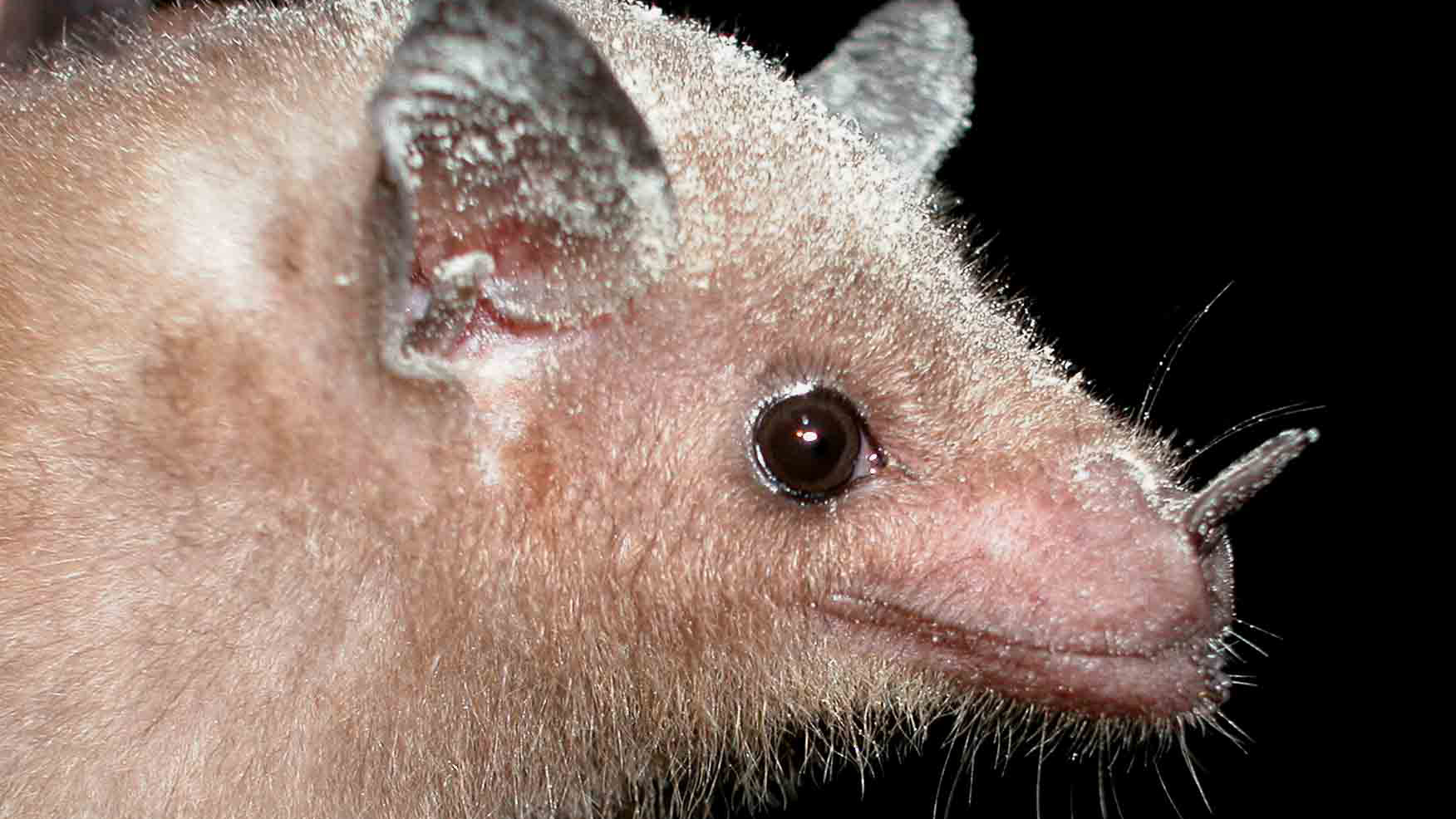
Lesser long-nosed bat with pollen-covered muzzle. Photo © Marco Tschapka Lesser long-nosed bats have been persecuted relentlessly due to various superstitions. In the 1990s, a fresh wave of bat killings occurred in Mexico due to fears of the Chupacabra, a mythical beast thought to be half-man, half-bat.
However, education has helped turn bat killers into bat conservationists. The lesser long-nosed bat pollinates more than 180 species of agave, including the blue agave, the plant that gives us tequila. By allowing just five percent of blue agaves to flower, farmers provide food for bats and help ensure greater genetic diversity for their fields.
Bat-friendly tequila has proven to be popular with conservationists. In 2016, 300,000 bottles in five brands hit U.S. and Mexican markets: Tequila Ocho, Tapatio, Siete Leguas, Tesoro de Don Felipe and Siembra Valles Ancestral. Read more about bats and tequila.
-
Common Vampire Bat: A Chick in Disguise
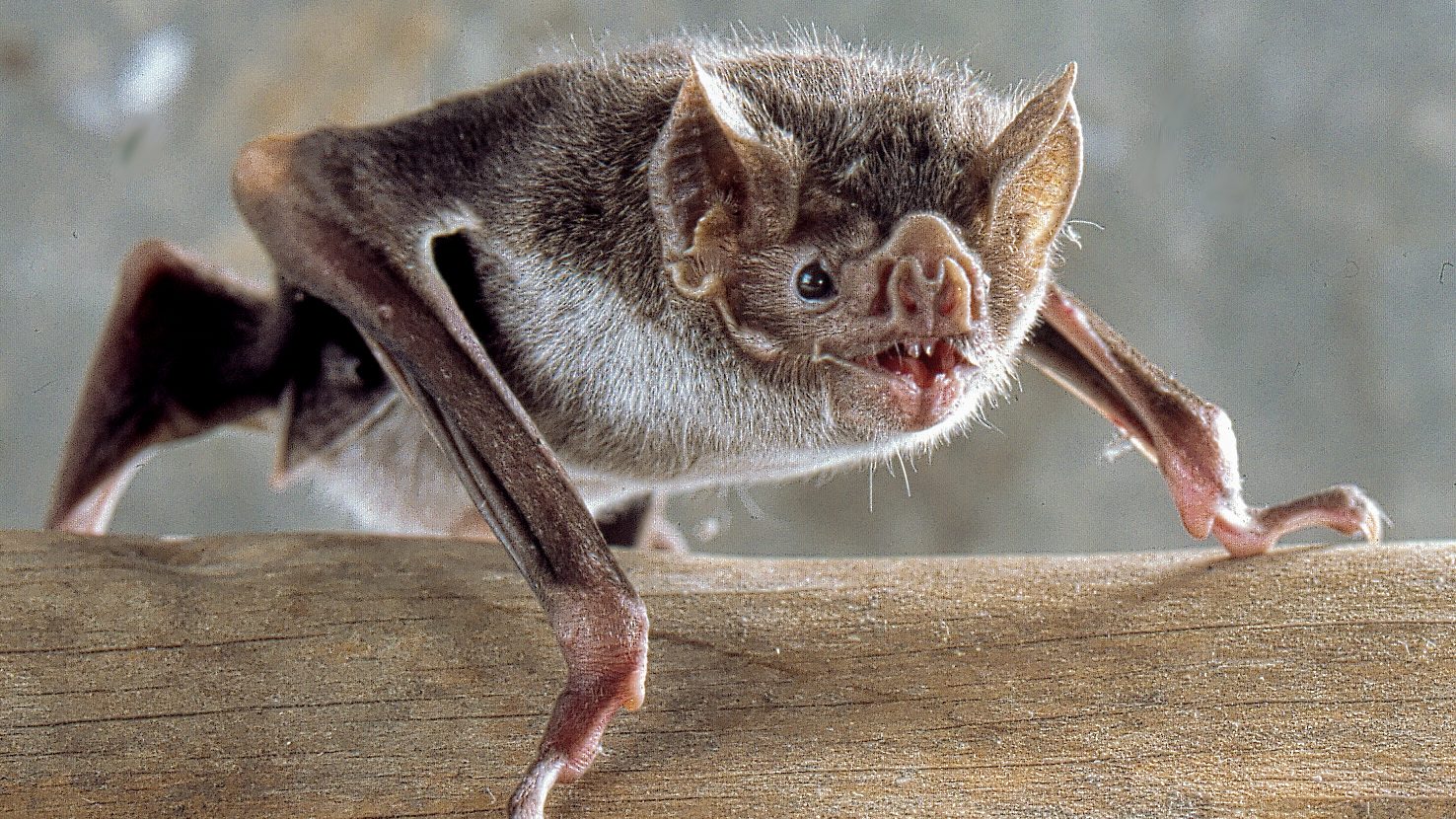
Common Vampire Bat (Desmodus rotundus) Photo © Uwe Schmidt / Wikimedia Commons Vampire bats are one of the bat species that legitimately creep humans out, and that have led to endless horror stories. These bats do feed exclusively on blood. They also exhibit some really fascinating behaviors. If you want to read more, I suggest Bill Schutt’s excellent book, Dark Banquet: Blood and the The Curious Lives of Blood-Feeding Creatures.
Schutt was researching common vampire bats when he witnessed an incredible behavior. A vampire bat crawled on the ground and approached a chicken. The chicken could have easily dealt a disabling peck, but instead it appeared unbothered by the bat. Instead, it allowed the bat to nestled under its wing. Schutt observed that the bat had learned to mimic a chick, allowing it to feed undisturbed. When the bat left, a pool of blood formed under the unfortunate hen.




giant golden crowed flying fox
The lack of European bats offends me.
At least the Plecotus auritus (animal with the proportional longest ears) is missing. Especially when they fold their ears they look cool as hell.
Fabulous! Very skilled photography.
Very interesting view of all bats. I hope we can preserve them all. I am a member of the Bat Conservancy. Thank you for all your work.
Loved this! I’ve always thought Bats were wonderful animals feeding on mosquitos and such up here in New England. Keep educating people about the benefits of this wondrous little creature!
Wow this is realy cool
While teaching, I took the opportunity provided by Halloween to do units on spiders, snakes and bats.
Five and six-year-olds are extremely interested and receptive to learning about these creatures and many fun activities can be developed to support the learning.
Age appropriate mini units on bats would be a worthy endeavor for an advocacy group. They could be distributed to school districts.
Please keep explaining to people that bats are very valuable.
I lived for 30 years a block from the “bat bridge” in Round Rock, Texas. Watching those enormous clouds of Mexican free tails come out for breakfast every evening has been one of the highlights of my life! We regularly had a straggler spend the “night” in the dark corner of our back deck after getting a little off course on the way home?. I love bats! ??❤️
Thank you so much! Have long been a bat advocate. Your article is very interesting, educational, perfect for an introduction!
That was fascinating! I had no idea there were that many species of bat! Thanks for the article.
I’ve always been intrigued by bats unfortunately I have noticed a big decline in bats , I used to see so many at night in lake Isabella CA now I don’t see that many , same all around they seem to be on the decline , very sad ? ….